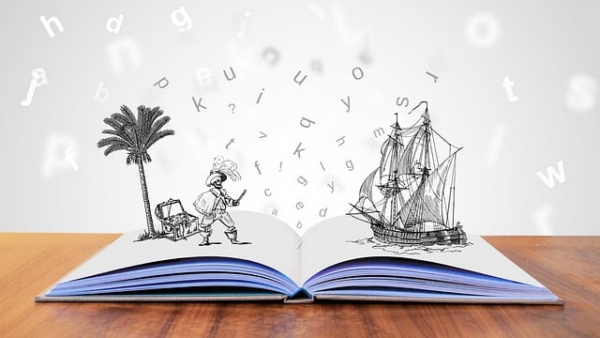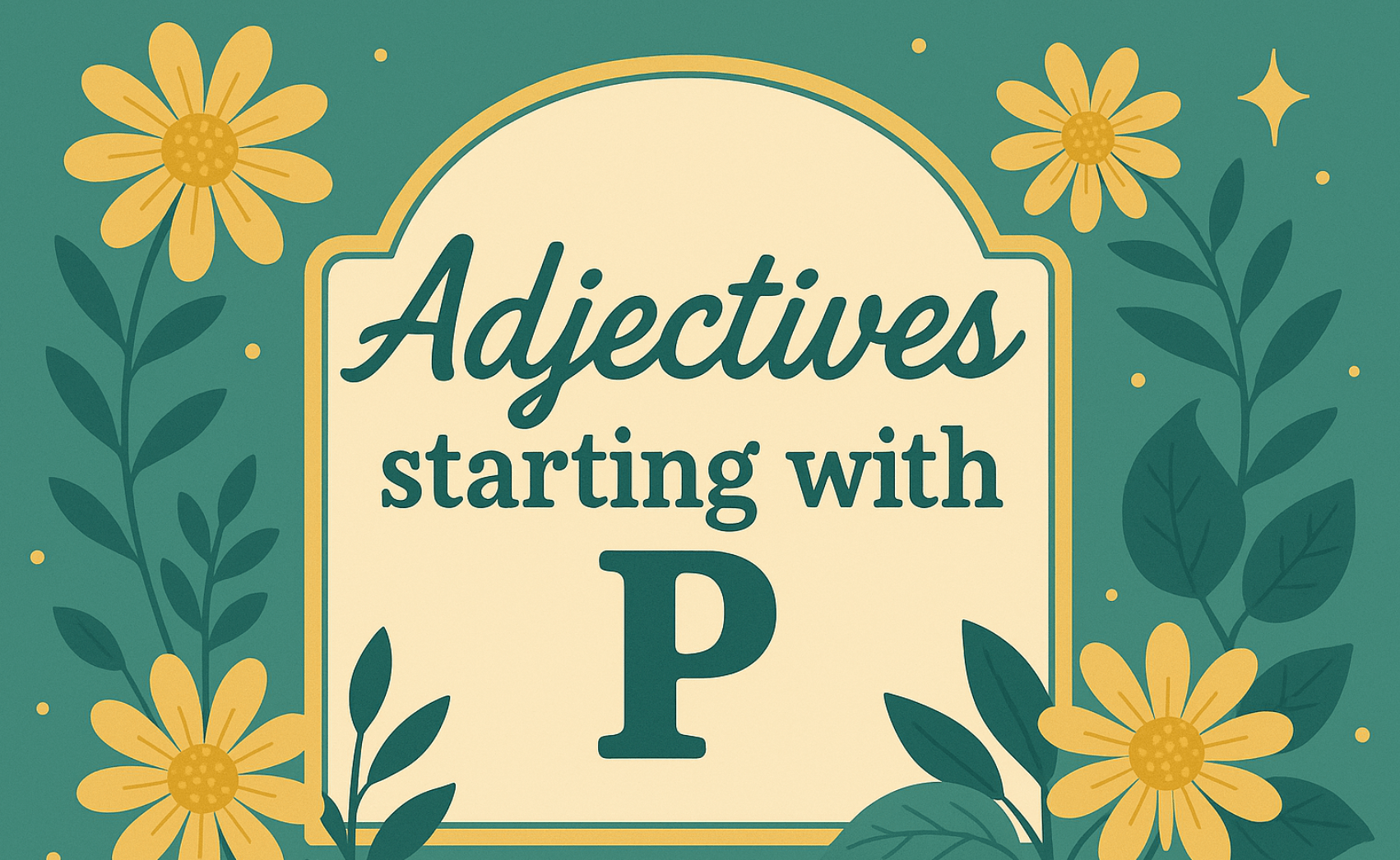Romance novels are one of the most enduring and profitable genres in literature. Whether it’s the heart-racing tension of an enemies-to-lovers plot, the sweeping drama of historical romance, or the irresistible chemistry between paranormal creatures, romance books have a way of capturing the hearts of readers everywhere. But what’s the secret to writing romance novels that not only stir the heart but also sell like hotcakes?
As a writer, crafting a great romance novel is a fine balance between tapping into the emotional core of your characters and delivering a compelling story that readers can’t put down. It’s not just about writing love stories—it’s about writing stories that make readers swoon, laugh, cry, and root for that happily ever after. Whether you’re a seasoned romance author or tackling your first romance novel, this guide will help you navigate the ins and outs of romance writing, from creating swoon-worthy characters to penning those steamy scenes. Whether you aim to write a romance novel as a seasoned author or a newcomer, understanding the genre’s conventions is key.
And hey, if your goal is to turn your passion for writing romance into a business, you’re in the right place. Not only will we dive into what it takes to write a compelling romance, but we’ll also show you how to make sure your book connects with readers—and most importantly—sells. After all, who says you can’t write from the heart and make a living doing it?
Understanding the Romance Genre: What Readers Expect
The romance genre is more than just a love story—it’s a promise to the reader. That promise is simple: a romantic relationship that leads to a satisfying conclusion. Whether that’s a happily-ever-after (HEA) or a happily-for-now (HFN), the key is that your readers feel a sense of resolution when they turn the last page.
Your Publishing Journey Awaits – Start NowThere are many subgenres within romance—historical romance, contemporary romance, paranormal romance, erotic romance, and young adult (YA) romance, to name a few. But no matter the subgenre, there are certain things romance readers expect.
- Romantic tension: The relationship should face obstacles that create emotional investment.
- Character chemistry: The protagonist and the love interest need to have a dynamic that makes readers root for them.
- Emotional depth: The story should explore the characters’ feelings in a way that resonates with readers.
As a romance writer, it’s your job to craft stories that satisfy these expectations, while also offering fresh twists to keep readers coming back for more.
What is a Romance Novel?
A romance novel is a genre of fiction that revolves around a central romantic relationship between two characters. At its heart, a romance novel focuses on the development and evolution of this romantic connection, often leading to a satisfying and emotionally fulfilling conclusion. These stories can unfold in a myriad of settings, from the bustling streets of a contemporary city to the enchanting realms of a fantasy world, or even the intricate social landscapes of historical eras.
The characters in romance novels come from diverse backgrounds and possess distinct personalities, but their journey is united by the theme of love. As they navigate the challenges and triumphs of their romantic relationship, readers are taken on an emotional rollercoaster, experiencing the highs and lows alongside the protagonists. Whether it’s the first spark of attraction, the tension of unspoken feelings, or the ultimate declaration of love, romance novels capture the essence of what it means to fall in love.
Building Relatable and Swoon-Worthy Characters
In romance, the characters are the heart and soul of the story. If readers can’t connect with them, they won’t be invested in the romance itself. Your main characters should be well-developed, relatable, and, of course, swoon-worthy.
Start by thinking about their backstories, goals, and flaws. These aspects not only make them more relatable, but they also provide a foundation for emotional depth. For example, your hero might have a tragic past that makes him hesitant to fall in love, or your heroine could be a strong, independent woman who struggles with vulnerability. These conflicts help build the romantic tension that drives the story forward.
Secondary characters are also crucial. The best romance novels feature supporting characters that add richness to the plot. Think of the best friend who offers comedic relief or the rival who stands in the way of true love. These secondary characters can enhance your protagonist’s emotional journey and add layers to the story.
Ultimately, it’s about building characters readers care about—characters they want to see grow and, of course, get their happy ending. A successful romance requires well-developed and relatable characters to create a compelling narrative that captivates the audience.
Crafting Romantic Tension and Emotional Depth
A key ingredient in any great romance story is romantic tension. This is the spark between the hero and heroine that keeps readers on the edge of their seats. But don’t mistake tension for conflict—while they often go hand in hand, romantic tension can exist without major plot conflicts. It’s the slow burn, the flirtation, the moments that make readers think, “Will they? Won’t they?”
Building emotional depth within your characters is crucial to creating this tension. As the story progresses, explore their inner struggles, fears, and dreams. Why are they hesitant to love? What’s at stake if they give their hearts to someone else? The deeper their emotional stakes, the more invested readers will become in their journey.
Remember, love isn’t just about physical attraction—it’s about emotional connection. The most memorable love stories are those that delve into the heart of the relationship, creating characters that feel real and experiences that feel authentic.
Writing Love Scenes: From Steamy to Subtle
Now, let’s talk about one of the most fun—and sometimes daunting—parts of writing romance: the love scenes. These can range from steamy to subtle, depending on the tone of your story and your intended audience. But whether you’re writing a sensual scene for a contemporary romance or a passionate moment in an erotic romance, the key is to make it feel authentic.
Physical intimacy should be connected to emotional intimacy. Love scenes should feel like a natural extension of the relationship, not an isolated event. If the chemistry is right, readers will feel it. Whether it’s a lingering kiss or a full-on bedroom scene, these moments should be about more than just the physical—it’s about revealing the emotional vulnerability and desire of the characters.
And, of course, consent is paramount. Good romance writing respects boundaries, both on the page and off, and makes sure that any intimate moments are written with care and consideration.
Your Publishing Journey Awaits – Start NowPlotting a Romance That Readers Can’t Put Down
Every great romance novel follows a general structure: introduction, conflict, resolution, and the much-anticipated happy ending. When you write a romance novel, the journey there is what makes it unforgettable. The key is pacing—don’t rush the relationship. Let the chemistry build slowly, and keep readers on their toes with unexpected twists and obstacles that challenge the couple’s relationship.
Tropes like enemies-to-lovers, second-chance romance, and friends-to-lovers are beloved by readers because they provide a familiar structure. But even when writing within a popular trope, make sure you bring something unique to the table. Readers want fresh takes on these familiar dynamics, not just the same old story.
Setting the Stage for Romance
The setting is a crucial element in writing romance, as it creates the atmosphere and mood that envelops the love story. An effective setting not only establishes the tone of the narrative but also immerses readers in the world of the characters. By using sensory details to describe the environment, you can transport readers to a specific place and time, making the romance feel more vivid and real.
For instance, the scent of blooming flowers in a quaint village can evoke a sense of nostalgia and simplicity, while the hustle and bustle of a modern city can add an edge of excitement and urgency to the romance. The setting can also reveal character traits and backstory, such as a heroine’s love for the ocean hinting at her free-spirited nature or a hero’s preference for solitude reflecting his guarded heart.
Creating a sense of place and culture is equally important. Whether your story is set in a small town where everyone knows each other or a sprawling metropolis filled with strangers, the setting should enhance the romantic tension and emotional depth of the narrative.
Choosing the Right Setting for Your Romance Novel
When choosing a setting for your romance novel, consider the type of story you want to tell and the mood you wish to create. For a historical romance, you’ll need to depict a specific time period with accuracy and detail, transporting readers to a bygone era filled with societal norms and customs. On the other hand, a paranormal romance might involve a fantastical or supernatural setting, where magic and mystery heighten the stakes of the romantic relationship.
Contemporary romance often takes place in modern-day settings, such as bustling cities or charming small towns, where the challenges and triumphs of everyday life add relatability to the love story. The key is to select a setting that serves the narrative and enhances the tension and conflict between the characters. Whether it’s the allure of a distant past, the thrill of the supernatural, or the familiarity of the present day, the setting should be an integral part of the romance.
Avoiding Common Mistakes in Romance Writing
While writing romance can be incredibly rewarding, there are a few common mistakes you’ll want to avoid. First off: clichés. The romance genre is full of familiar tropes, but you don’t want to fall into the trap of being overly predictable. Readers can spot a tired storyline a mile away, so it’s important to add your own unique twist.
Also, avoid making your characters too perfect. No one is flawless, and part of what makes a romance story resonate is seeing the characters grow, change, and overcome their flaws.
Finally, the romantic tension is balanced with real conflict. A romance can’t thrive on chemistry alone—it needs obstacles that challenge the relationship and force the characters to grow.
Bringing Fresh Ideas to Romance Writing
While romance novels often follow beloved tropes and conventions, there’s always room for fresh ideas and originality. One way to bring a new perspective to romance writing is to experiment with different subgenres. For example, historical romance can transport readers to a different era, while paranormal romance introduces elements of magic and the supernatural. Young adult romance, on the other hand, captures the intensity and vulnerability of first love.
Another approach is to focus on diverse characters and relationships. LGBTQ+ romance and multicultural romance offer rich opportunities to explore love stories that reflect the varied experiences of readers. By pushing the boundaries of traditional romance writing, you can create unique and compelling stories that resonate on a deeper level.
Innovation in romance writing isn’t just about breaking the mold—it’s about finding new ways to connect with readers. Whether it’s through unexpected plot twists, complex characters, or exploring uncharted themes, bringing fresh ideas to your romance novel can make it stand out in a crowded market. So, don’t be afraid to take risks and let your creativity shine.
Writing for Different Romance Audiences
One of the great things about romance is how diverse the genre is, catering to the varied tastes of romance readers. Whether you’re writing a YA romance, a paranormal romance, or a contemporary romance, each audience has specific expectations.
Young adult readers are drawn to emotional intensity, coming-of-age themes, and slow-burn romances, while paranormal romance fans expect supernatural elements to enhance the romance. Meanwhile, readers of contemporary romance might be looking for relatability and real-world stakes.
Understanding your audience helps tailor your writing to meet their needs—and also ensures your book sells. Whether you’re creating a fantasy romance or a heartfelt love story set in today’s world, make sure the plot, characters, and tone align with your reader’s expectations.
The Writing Process: From Idea to Publication
Writing a romance novel involves more than just sitting down and putting words on the page. Outlining is an essential step for structuring your plot and ensuring your romance hits all the right emotional beats. Once you’ve drafted your story, it’s time for the hard work: revising, editing, and refining your characters and dialogue.
Collaboration with editors is key in polishing your manuscript. Romance editors are experts in the genre and will help ensure your characters are relatable, your plot is tight, and your love scenes are sizzling (or swoon-worthy, depending on your style).
Once the book is polished and ready, you’ll want to consider your publishing options. Whether you choose traditional publishing or self-publishing, getting your romance novel into readers’ hands is the ultimate goal.
Conclusion: Embrace Your Romantic Journey—And Get Your Book Published
Writing romance isn’t just about creating heart-stopping love stories—it’s about creating genuine connections that resonate with readers. So, whether you’re writing a sweeping historical romance, a sexy contemporary love story, or a fantastical paranormal adventure, the principles of great romance writing remain the same: emotional depth, character chemistry, and a satisfying resolution.
And if you’re ready to take your romance writing journey to the next level, Spines is here to help. We offer a supportive platform for hobbyist authors, where you can publish your romance novel with ease, access affordable marketing strategies, and connect with a community of fellow writers. So, what are you waiting for? Start writing that swoon-worthy love story, and let Spines help you
Your Publishing Journey Awaits – Start Now







